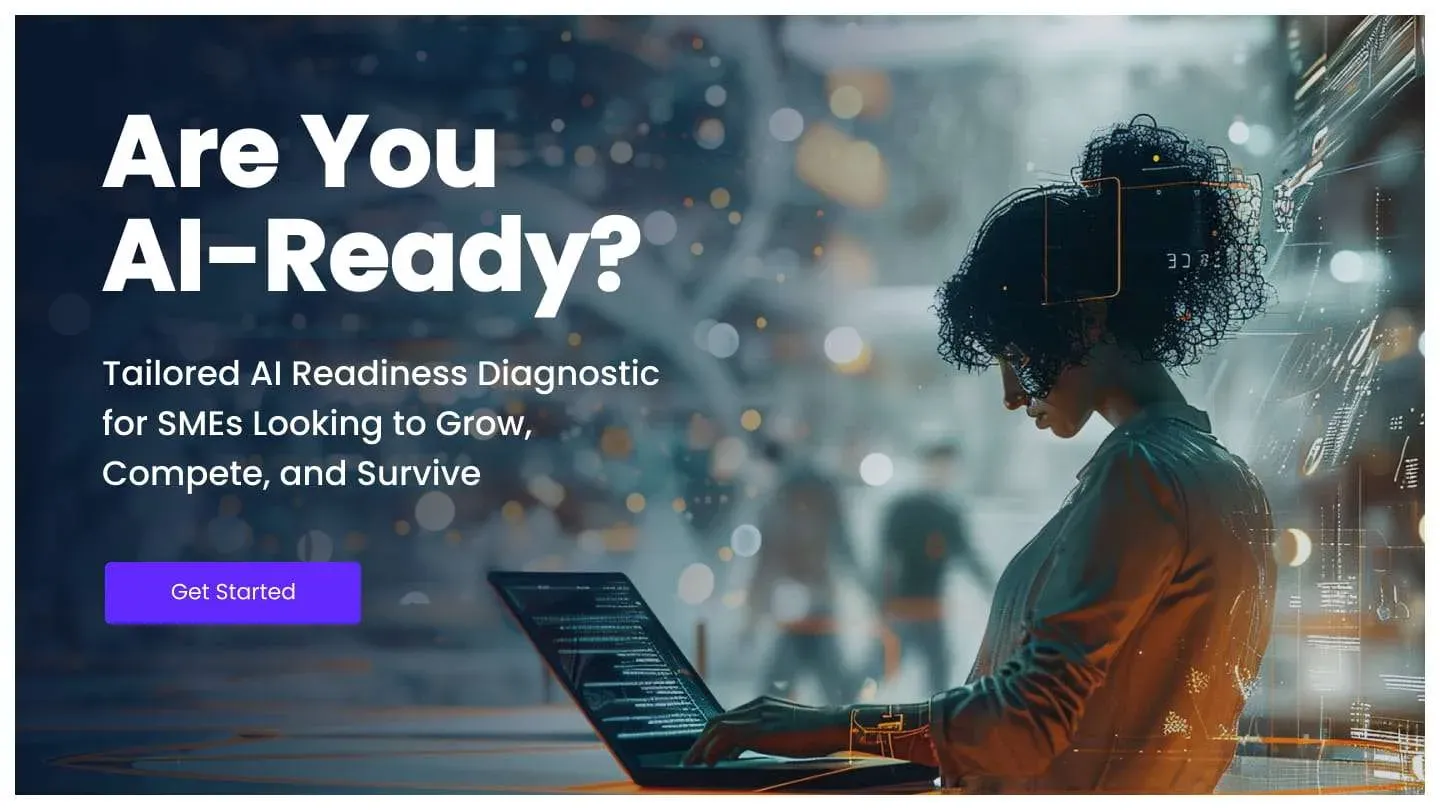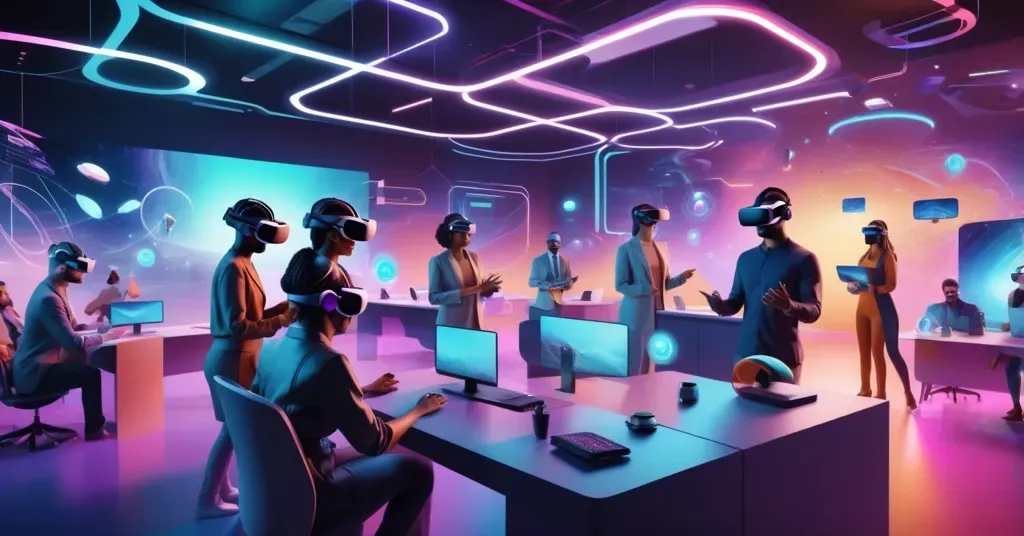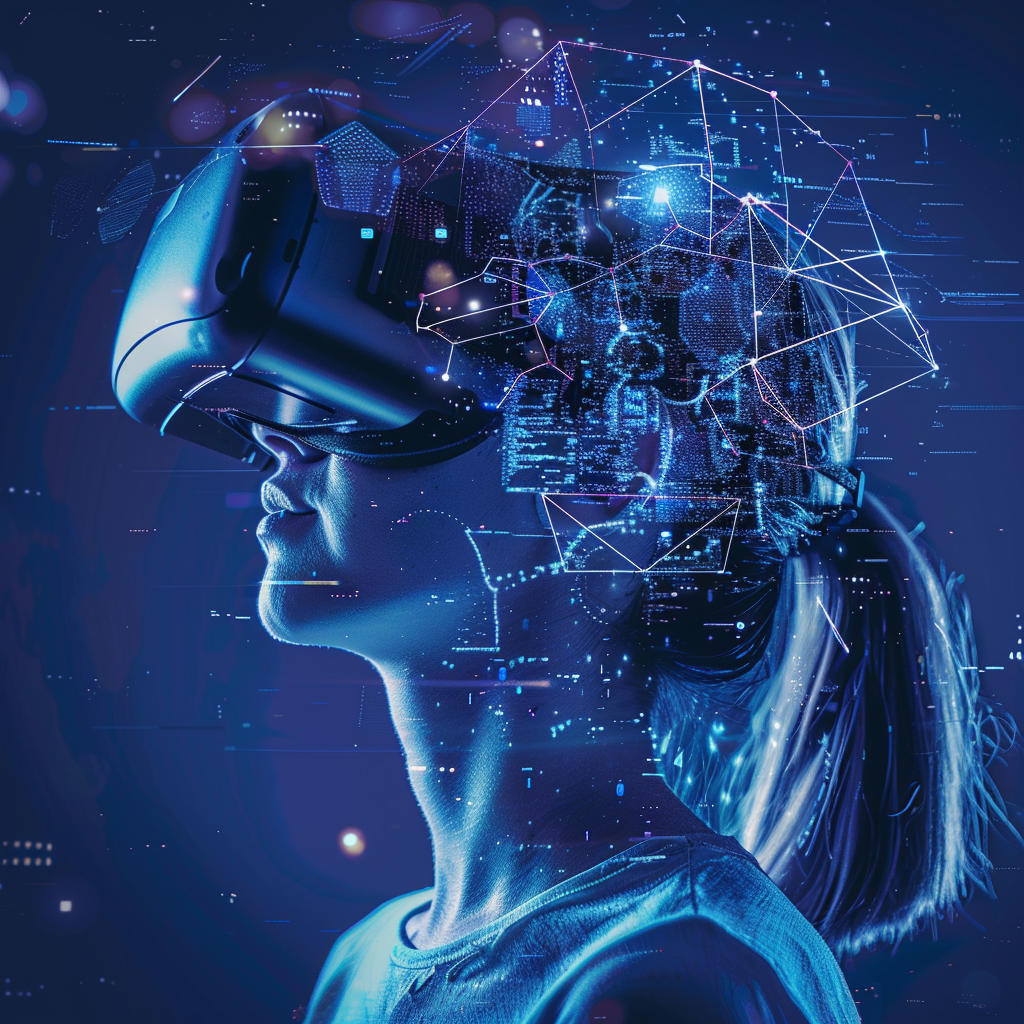
Disruptive Potential: The No-Platform Concept #5b
The concept of No-Platform represents a paradigm shift in how we approach and deliver products, services, and information. It envisions a seamless, interconnected ecosystem where content and experiences are accessible through a multitude of interfaces, adapting to each user's needs and preferences.
Back in 2000 when I started my journey in the W3C Multimodal Interaction Working Group, the idea of having adaptable interfaces was already present. At that time, we were talking about multimodality, but now the concept has evolved dramatically into the no-platform paradigm.
The Era of No-Platform: Unleashing Ubiquitous and Personalized Learning
What does No-Platform mean?
The concept of No-Platform represents a paradigm shift in how we approach and deliver products, services, and information. It transcends the traditional notion of a single, confined platform or interface, and instead envisions a seamless, interconnected ecosystem where content and experiences are accessible through a multitude of interfaces, adapting dynamically to the individual needs and preferences of each user.
At its core, No-Platform means that the same content or service can be delivered and consumed through multiple interfaces, be it a website, a mobile app, a virtual reality environment, a voice assistant, or any other emerging technology. These interfaces are designed to be adaptive, intelligent, and interconnected, ensuring that the user experience remains consistent and personalized, regardless of the modality or device being used.
Benefits: Fully Accessible and Personalized Approach
The No-Platform approach unlocks a world of unprecedented accessibility and personalization across various domains, including commerce, entertainment, and information dissemination. By breaking free from the constraints of a single platform, users gain the freedom to engage with content and experiences in a manner that best suits their individual needs, preferences, and contexts.
- Accessibility: Products, services, and information become truly ubiquitous, accessible anytime, anywhere, and through any interface. Users can seamlessly transition between different modalities, devices, and environments without interrupting their experience, fostering a culture of continuous engagement.
- Personalization: By leveraging the power of artificial intelligence and adaptive algorithms, the No-Platform ecosystem can tailor the user experience to each individual. Content, presentation, functionality, and delivery methods are dynamically adjusted based on the user's preferences, behaviors, and contextual data, ensuring an optimal and engaging experience.
- Inclusivity: The No-Platform approach embraces diversity by providing multiple entry points and modalities for accessing products, services, and information. This inclusivity empowers users with diverse abilities, backgrounds, and circumstances to engage with experiences that cater to their unique needs, fostering equity and addressing potential barriers to access.
How: Combining AI and Current Interfaces
The realization of the No-Platform vision relies on the powerful convergence of artificial intelligence (AI) and current interfaces, such as web, audio, video, virtual reality (VR), augmented reality (AR), and conversational interfaces.
- AI and Machine Learning: Advanced algorithms, powered by machine learning and natural language processing, form the backbone of the No-Platform ecosystem. These algorithms analyze user data, preferences, and interactions to dynamically generate personalized experiences, provide real-time recommendations and assistance, and adapt the content and delivery methods accordingly.
- Intuitive Interfaces: User-friendly and intuitive interfaces across various modalities, such as websites, mobile apps, VR/AR environments, and voice assistants, serve as the gateways for users to access and interact with products, services, and information. These interfaces are designed with principles of user experience, accessibility, and engagement in mind, ensuring a seamless and immersive experience.
- Interoperability and Integration: The true power of the No-Platform approach lies in the seamless integration and interoperability of different interfaces and technologies. Data portability, cross-platform analytics, and open standards enable users to move fluidly between different modalities, carrying their preferences, history, and achievements with them.
By combining the capabilities of AI and current interfaces, the No-Platform ecosystem empowers users to engage with products, services, and information through the modalities that best suit their needs and preferences, ultimately fostering a culture of continuous engagement, personalization, and user-centric experiences.
Moving from Traditional Design to the No-Platform Approach
Transitioning from traditional, siloed design approaches to the no-platform paradigm requires a fundamental shift in mindset and a embracing of new methodologies and technologies:
- Modular and Decoupled Design: Rather than designing monolithic solutions tied to a single interface, products, services, and information should be architected in a modular and decoupled manner. This allows the same core content or functionality to be delivered through multiple interfaces and channels seamlessly.
- Omnichannel and Device-Agnostic Thinking: Design processes must incorporate omnichannel and device-agnostic thinking from the outset. User experiences should be envisioned as a continuous journey that transcends individual platforms or devices, ensuring consistency and coherence across various touchpoints.
- Adaptive and Responsive Interfaces: Interfaces should be designed to be adaptive and responsive, capable of dynamically adjusting their layout, content, and functionality based on the user's device, preferences, and contextual data. Leveraging technologies like responsive web design, progressive web apps, and platform-specific development frameworks can aid in this process.
- Data Interoperability and Portability: Ensuring data interoperability and portability across different platforms and interfaces is crucial. Adopting open standards, APIs, and data exchange formats can facilitate seamless data sharing and synchronization, enabling users to move fluidly between interfaces while retaining their preferences, history, and achievements.
- Collaboration and Cross-Functional Teams: Implementing the no-platform approach requires collaboration across different disciplines, including design, development, data science, and user experience. Cross-functional teams that bring diverse perspectives and expertise can better understand and address the complexities involved in creating cohesive, omnichannel experiences.
The No-Platform Approach in Education
The no-platform paradigm holds immense potential for transforming the educational landscape, enabling truly ubiquitous and personalized learning experiences:
- Anytime, Anywhere Learning: By breaking free from the constraints of a single platform, educational content and resources become accessible anytime, anywhere, and through any interface. Learners can seamlessly transition between devices, environments, and modalities without interrupting their learning journey, fostering a culture of continuous education.
- Personalized and Adaptive Learning: Leveraging AI and adaptive algorithms, the no-platform ecosystem can tailor the learning experience to each individual learner's needs, preferences, and performance. Content, pace, difficulty level, and delivery methods are dynamically adjusted, ensuring an optimal and engaging learning experience for every student.
- Inclusive and Equitable Access: The no-platform approach embraces diversity by providing multiple entry points and modalities for accessing educational resources. This inclusivity empowers learners with diverse abilities, backgrounds, and circumstances to engage with learning experiences that cater to their unique needs, fostering equity and addressing potential barriers to education.
- Collaboration and Peer Learning: By integrating social and collaborative features across different interfaces, the no-platform ecosystem can facilitate peer-to-peer learning, knowledge sharing, and collaborative problem-solving, enriching the educational experience and fostering a sense of community among learners.
- Lifelong Learning and Upskilling: The no-platform paradigm supports lifelong learning and continuous upskilling by providing learners with a seamless and personalized environment to acquire new knowledge, skills, and competencies throughout their lives, adapting to their evolving needs and goals.
As educational institutions and organizations embrace the no-platform approach, they can unlock new possibilities for delivering engaging, personalized, and accessible learning experiences that empower learners to take control of their educational journey and achieve their full potential.

AI-Ready by OpenExO empowers small and medium enterprises to integrate AI seamlessly into their operations, offering a comprehensive assessment, personalized implementation, and continuous strategic coaching, ensuring they not only adapt to but lead in the digital economy. This program transforms AI challenges into growth opportunities, providing SMEs with the tools and expert guidance needed to enhance efficiency, drive innovation, and secure a competitive edge. Learn more here.
ExO Insight Newsletter
Join the newsletter to receive the latest updates in your inbox.








